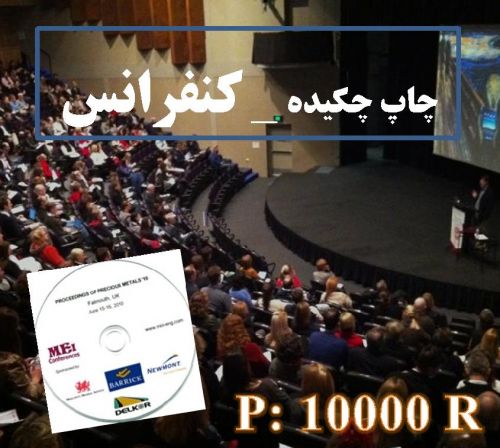Introduction: Several studies showed that there are an increasing in invasive candidiasis during 2-3 last decades. Although that Candida albicans is considered as the most common candidiasis agents, other non-albicans such as C. glabrata, C. krusei, C. parapsilosis, and C. tropicalis were increased during have 2-3 last decades. Resistance to fluconazole among non-albicans is an important problem for clinicians during therapy and prophylaxis. The aim of current study was to detect the Candida species from hospitalized neonatal and children in NICU and ICU in Ahvaz. In addition the susceptibility of agents to antifungals were also evaluated. Materials & Methods: In the present study 298 samples including; 98 blood samples, 100 urines and 100 swabs from oral cavity of infants and children hospitalized in the NICU and ICU were inoculated on CHROMagar Candida. Initial detection was done according to the coloration colonies on CHROMagar Candida. Morphology on corn meal agar, germ tube formation and growth at 45°C were confirmed isolates. Amphotericin B, fluconazole and terbinafine were used for susceptibility tests using micro dilution method. Results: In the present study 21% and 34% of urines and swabs from oral cavity were positive for Candida species, respectively. The most common species was C. albicans (62.5%) followed by C. tropicalis (6.3%), C. glabrata (15.6%) and candida species (15.6%). Our results showed that the 92.8% and 80.7% of isolates were sensitive to amphotericin B and fluconazole, respectively. Whereas only 41.8% of isolates were sensitive to terbinafine. Discussion: This study demonstrates the importance of species identification and antifungals susceptibility testing for hospitalized patients in ICU and NICU wards.
کلید واژگان :Candida Species; Amphotericin B; Fluconazole; Terbinafine; Minimum Inhibitory Concentration
ارزش ریالی : 200000 ریال
با پرداخت الکترونیک
جزئیات مقاله
- کد شناسه : 7145983051679185
- سال انتشار : 2014
- نوع مقاله : چکیده مقاله پذیرفته شده در کنفرانس ها(فایل کامل مقاله بارگزاری گردد)
- زبان : انگلیسی
- محل پذیرش : 3nd Iranian congress on medical mycology
- برگزار کنندگان :
- تاریخ ثبت : 1395/01/17 08:58:36
- ثبت کننده : علی زارعی محمودآبادی
- تعداد بازدید : 341
- تعداد فروش : 0
